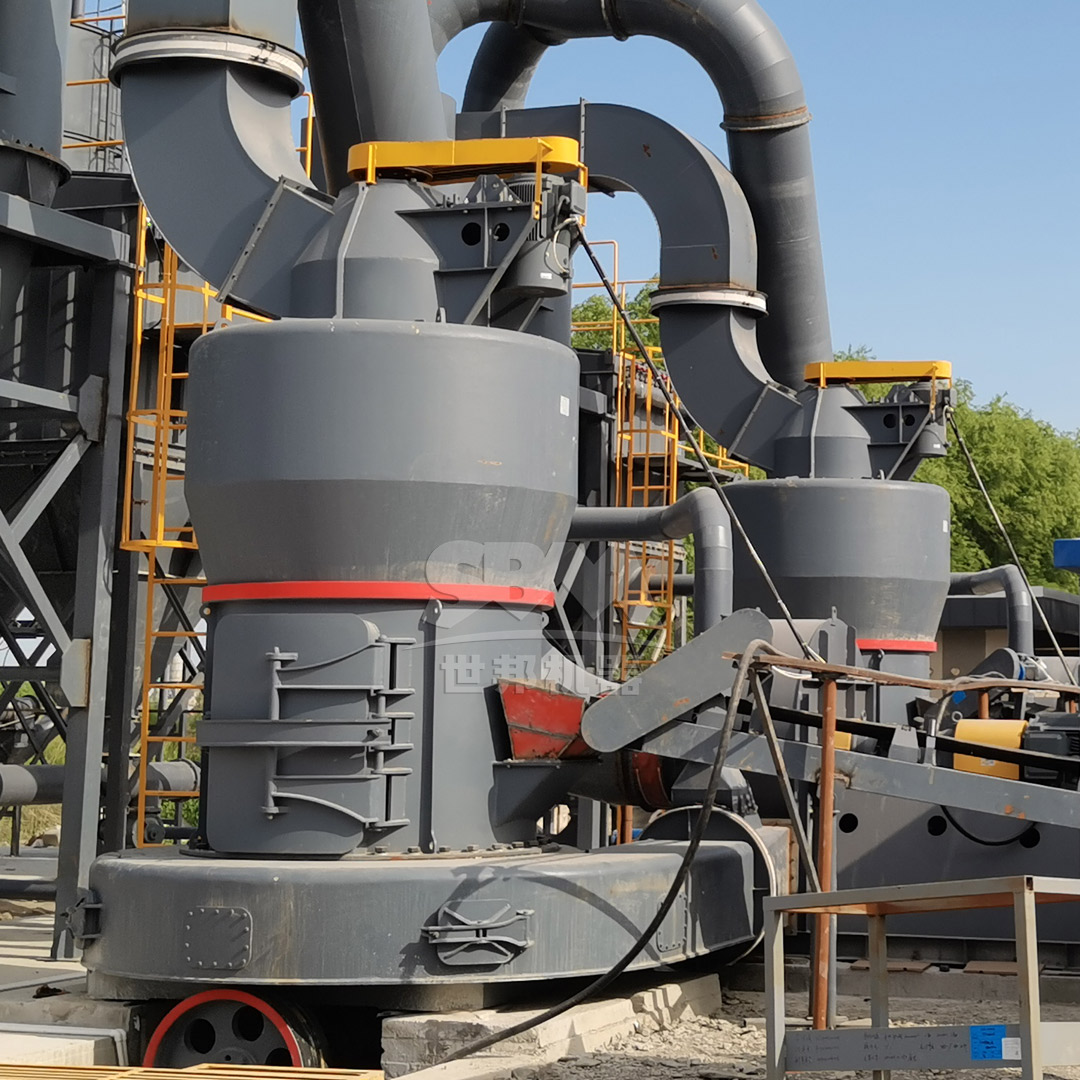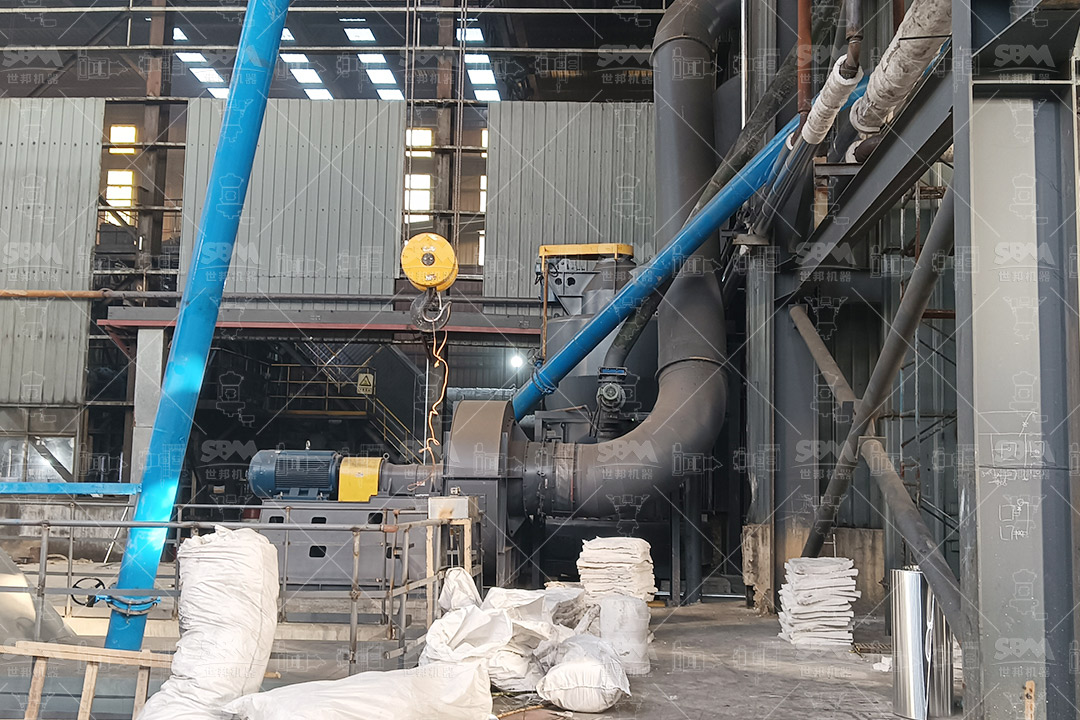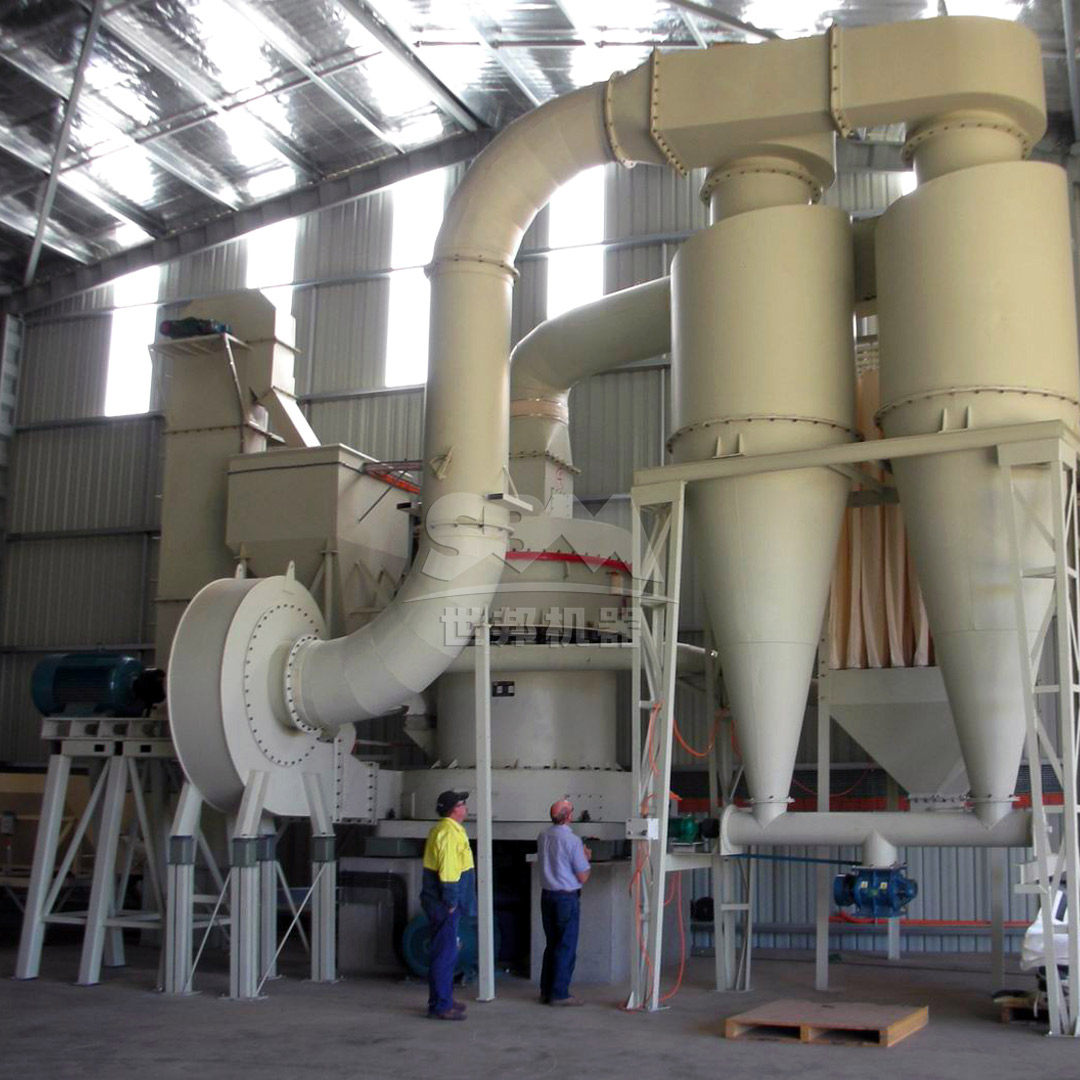Selecting the appropriate grinding mill is one of the most critical decisions in industrial processing operations. The right equipment can significantly impact your production efficiency, product quality, operational costs, and overall profitability. With numerous grinding mill technologies available in the market, making an informed choice requires careful consideration of multiple factors specific to your operation.
This comprehensive guide will walk you through the key parameters and technical considerations necessary to select the optimal grinding mill for your production capacity requirements. We’ll explore different mill types, their applications, and provide practical recommendations to help you make the best investment decision.

Production capacity is arguably the most fundamental consideration when selecting a grinding mill. Your capacity requirements should be evaluated based on both current needs and future expansion plans. Consider the following aspects:
It’s generally advisable to select equipment with 10-20% additional capacity beyond your current requirements to accommodate unexpected demand increases and prevent bottlenecks.
The physical and chemical properties of your raw material significantly influence mill selection. Key material considerations include:
| Material Property | Impact on Mill Selection | Testing Methods |
|---|---|---|
| Hardness (Mohs scale) | Determines wear rates and power requirements | Scratch test, indentation test |
| Moisture Content | Affects flowability and may require drying | Loss on drying, Karl Fischer titration |
| Abrasiveness | Influences wear part selection and maintenance intervals | Bond Abrasion Index, Miller Number |
| Feed Size Distribution | Determines pre-crushing requirements and mill design | Sieve analysis, laser diffraction |
| Chemical Composition | May require special materials of construction | XRF, XRD, chemical analysis |
The required specifications of your final product will dictate the type of grinding technology needed. Consider these product requirements:
Different mill types excel at producing specific particle size ranges, from coarse grinding (above 1mm) to ultrafine grinding (below 10μm).
Energy consumption typically represents 30-50% of the total operating cost in grinding operations. When evaluating energy efficiency:
Modern grinding mills often incorporate energy-saving technologies such as variable frequency drives, high-efficiency classifiers, and optimized grinding geometries.

Ultrafine grinding mills are designed to produce powders with particle sizes below 45 micrometers (325 mesh), extending down to the nanometer range in some applications. These mills are essential for industries requiring high surface area materials or specific particle size distributions.
SCM Ultrafine Mill: The Precision Solution
For operations requiring precise control in the ultrafine range, our SCM Ultrafine Mill represents cutting-edge technology. This mill produces powders ranging from 325 to 2500 mesh (D97≤5μm) with exceptional consistency. The vertical turbine classifier ensures precise particle size cuts without coarse particle contamination.
Key advantages of the SCM Ultrafine Mill include:
The SCM series offers models from SCM800 (0.5-4.5 ton/h) to SCM1680 (5.0-25 ton/h), making it suitable for various production scales in pharmaceuticals, fine chemicals, advanced materials, and high-value mineral processing.
Medium-fine grinding mills handle the most common industrial grinding applications, producing powders in the 45-600 micrometer range (approximately 325-30 mesh).
MTW Series Trapezium Mill: The Versatile Performer
Our MTW Series Trapezium Mill excels in medium-fine grinding applications with output fineness from 30-325 mesh (up to 0.038mm). This European-style mill combines robust construction with advanced features for reliable operation across various materials.
Notable features of the MTW Series include:
With capacity ranging from 3-45 tons per hour across different models, the MTW Series is ideal for processing non-metallic minerals, industrial minerals, power plant desulfurization, and various construction materials.
Vertical roller mills (VRMs) represent the most efficient solution for high-capacity grinding applications, particularly in cement, minerals, and large-scale industrial operations.
| Mill Type | Typical Capacity Range | Energy Savings vs Ball Mills | Key Applications |
|---|---|---|---|
| LM Mineral Mill | 10-170 t/h | 30-40% | Limestone, clay, blast furnace slag |
| LM Coal Mill | 3-90 t/h | 25-35% | Power plant coal preparation |
| LM Slag Mill | 4-110 t/h | 30-40% | Granulated blast furnace slag |
| LM Fine-powder Mill | 4-30 t/h | 20-30% | High-value industrial minerals |
Vertical mills offer significant advantages in large-scale operations, including compact design (50% footprint reduction), lower installation costs, and advanced control systems for optimized operation.
Ball mills remain a reliable choice for many grinding applications, particularly where versatility and proven technology are prioritized. These mills handle a wide range of materials and can operate in both dry and wet modes.
Key considerations for ball mill selection:
Ball mills offer the advantage of processing abrasive materials with relatively low wear rates and can handle materials with high moisture content when configured for wet grinding.

Before committing to a specific mill type, comprehensive laboratory testing is essential. The testing process should include:
Reputable equipment suppliers typically offer test facilities and technical support to ensure proper mill selection and performance prediction.
Beyond the initial purchase price, a comprehensive total cost of ownership (TCO) analysis should consider:
Our technical team can assist with detailed TCO calculations specific to your operation, helping you make an economically sound decision.
The selected grinding mill must integrate seamlessly with your existing or planned process flow. Consider these integration aspects:
Selecting the right grinding mill requires balancing multiple technical, operational, and economic factors. There is rarely a single \”perfect\” choice, but rather an optimal solution for your specific circumstances.
We recommend engaging with equipment suppliers early in the selection process. Reputable manufacturers will provide:
Both our SCM Ultrafine Mill and MTW Series Trapezium Mill represent proven technologies with extensive field references across multiple industries. Our application engineers can help determine which solution best matches your production capacity, product specifications, and operational requirements.
Remember that the right grinding mill is an investment that will impact your operation for years to come. Taking the time for thorough evaluation and technical due diligence will ensure you select equipment that delivers optimal performance, reliability, and return on investment.